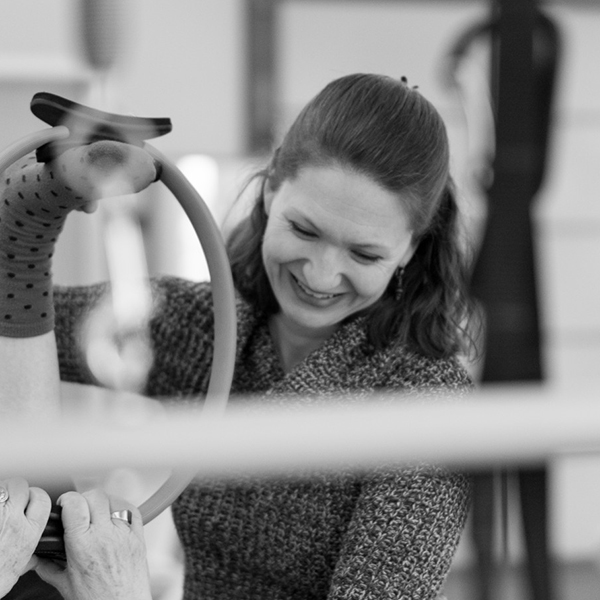
How Fast Can You Stand Up 5 Times? Here’s Why It Matters
What Is the 5xSTS Test?
The Five Times Sit-to-Stand Test measures how long it takes a person to stand up and sit down five times in a row from a standard-height chair (without using their arms). It's a quick way to assess:
- Lower extremity strength
- Balance and stability
- Functional mobility
- Fall risk It’s often used for older adults, people recovering from injury or surgery, or anyone experiencing decreased mobility.
How Is It Performed?
- Start seated in a standard chair (seat height about 43-45 cm).
- Cross your arms over your chest.
- On the tester's cue, stand up fully and sit back down five times as fast as you can, without using your hands or arms.
- The timer starts when you begin to rise from the chair and stops when you sit down after the fifth repetition.
What Do the Results Mean?
Your time is compared to normative values based on your age. Here are some general benchmarks:
- 60–69 years ≤ 11.4 seconds
- 70–79 years ≤ 12.6 seconds
- 80–89 years ≤ 14.8 seconds
- 90+ years ≤ 18.0 seconds
A longer time can indicate decreased strength or balance, and a greater risk of falling. A faster time generally suggests better functional mobility and lower fall risk.
If your time is above the normative value for your age group, it may be a sign that targeted exercise—especially focused on leg strength and balance—could improve your daily function and help prevent falls.
Why It Matters
This test isn’t just about numbers—it tells us a lot about how your muscles, balance, and coordination are working together. Difficulty standing up from a chair without using your hands is often one of the first signs of declining lower body strength.
If your time is longer than average, don't worry—it's a helpful signal, not a diagnosis. Working with a physical therapist or joining a strength-focused exercise class can help you safely improve your performance. Small gains in leg strength and mobility can make everyday tasks—like standing up, climbing stairs, or getting in and out of a car—feel easier and more stable.
Curious about your own 5xSTS time?
Ask your PT to walk you through the test—or try it at home with a stopwatch and a friend nearby for safety.
Book Online
Have you been to Tula before?
Existing Patient Information
Looking up patient...
Looking up your information...











